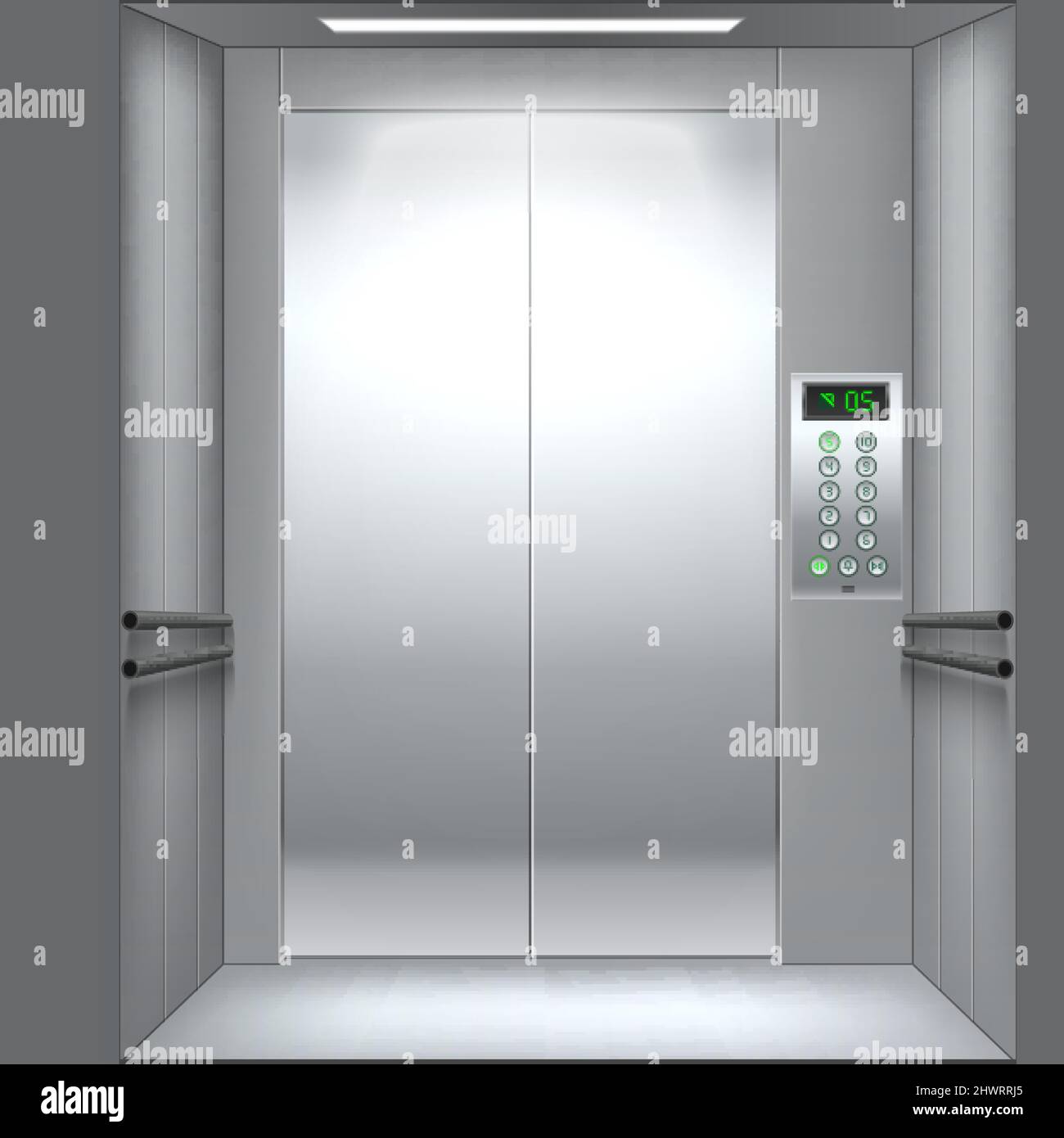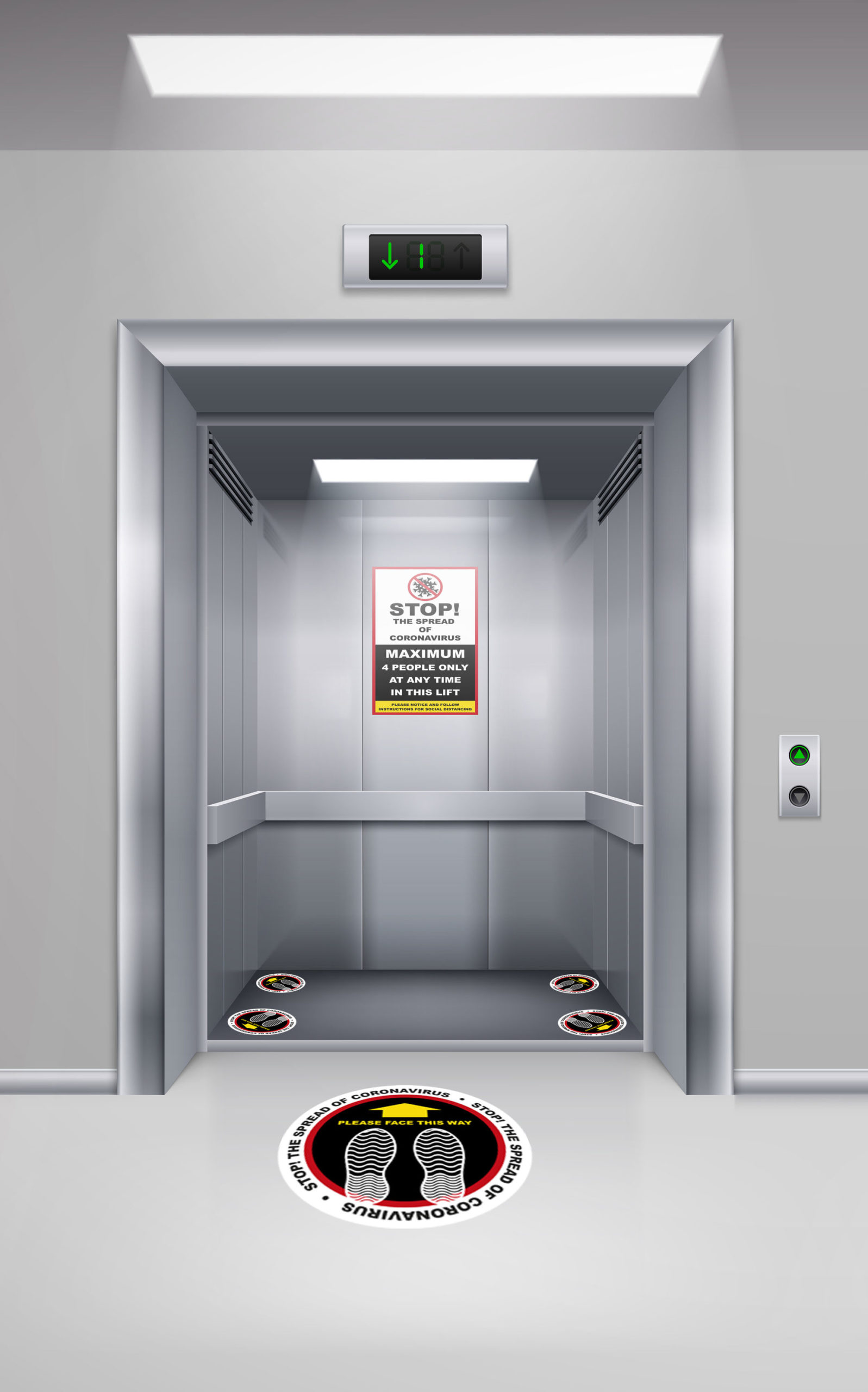Leading Lift Companies in London: Offering Top Quality Installations and Upkeep
Leading Lift Companies in London: Offering Top Quality Installations and Upkeep
Blog Article
Looking Into the Globe of Elevators: Usual Concerns Encountered by Numerous Lift Systems
As we navigate with the vertical transportation systems of modern buildings, lifts attract attention as a crucial part of our every day lives. However, behind their smooth operation lies a globe of elaborate mechanisms that can sometimes run into difficulties. From hydraulic lifts to traction systems and machine-room-less styles, each lift type features its set of common issues. Understanding these challenges is essential for making sure the smooth performance of these important systems. Allow's explore the complexities that underlie the procedure of lifts and the possible concerns that can arise, clarifying the detailed web of lift systems.
Hydraulic Lifts
Hydraulic lifts, usually chosen for low-rise structures, use fluid pressure to regulate the movement of the elevator vehicle (lift repair companies). This device includes a hydraulic pump pushing oil into a cyndrical tube, causing the elevator to relocate the wanted direction. While hydraulic lifts are recognized for their silent and smooth operation, they do feature their own set of usual concerns
One common issue with hydraulic elevators is oil leak. Furthermore, problems with the control system, such as malfunctioning shutoffs or a malfunctioning pump, can create interruptions in the lift's motion.
Regular maintenance and prompt repairs are vital to guarantee the smooth functioning of hydraulic lifts. By resolving these usual problems proactively, building proprietors can decrease downtime and make sure the safety and efficiency of their vertical transportation system.
Grip Lifts
When considering vertical transport systems in buildings, another common kind besides hydraulic elevators is the grip elevator. Grip elevators operate making use of a system of ropes and weights that move the lift vehicle by grasping onto the hoist ropes. This mechanism enables smoother and much faster vertical transport contrasted to hydraulic systems.
Among the usual issues dealt with by traction lifts is rope wear. The continuous activity of the ropes within the traction system can lead to tear and use in time, potentially triggering the elevator to breakdown or end up being unsafe for usage. Routine assessments and maintenance of the ropes are vital to make sure the lift's proper performance and security.
An additional issue that traction elevators might experience is connected to the control system. Issues with the control system can lead to problems such as irregular movement, hold-ups in reaction times, and even complete closures. Normal screening and upkeep of the control system are essential to avoid such issues and make sure the elevator's reliability.
Machine-Room-Less (MRL) Lifts

Among the vital elements of MRL elevators is the small gearless grip machine that is set up within the hoistway. This maker effectively drives the elevator vehicle without the demand for cumbersome equipment discovered in standard traction lifts. Furthermore, MRL elevators generally use a weight system to balance the cars and truck, further boosting their energy effectiveness.
Regardless of their advantages, MRL lifts may deal with obstacles connected to upkeep and fixing because of the restricted area for devices setup. Access for servicing parts within the shaft can be restricted, requiring specialized training for professionals. Proper upkeep timetables and regular examinations are essential to make sure the ongoing smooth procedure of MRL lifts.
Overloading and Weight Limit Issues
Are elevators geared up to manage excess weight tons successfully and securely? Straining and weight limit issues are vital worries in lift procedures. Lift suppliers design lifts with particular weight capabilities to make certain guest security and devices long life. Going beyond these weight limits can bring about different issues, consisting of mechanical failures, delays, and safety and security threats.
When elevators are strained, it places extreme pressure on the electric motor, cable televisions, and other elements, possibly triggering malfunctions or break downs. If they detect excess weight, safety and security systems such as sensing units and overload sensing units are in area to prevent lifts from relocating. Furthermore, exceeding weight restrictions can result in increased power consumption and deterioration on the lift system.
To minimize overloading concerns, developing supervisors ought to plainly show weight restrictions in elevators and enlighten occupants on the value of sticking to these limitations - lift repair companies. Normal upkeep checks by certified technicians can additionally help visite site make sure that lifts are operating within risk-free weight criteria. By attending to overloading and weight limit problems i was reading this proactively, structure owners can boost elevator safety and security and effectiveness
Electrical System Failings
Surpassing weight limitations in lifts can not only lead to mechanical issues however additionally possibly add to electric system failures within the lift framework. Electrical system failings are a vital concern in lift operation, as they can cause unanticipated closures, malfunctions, or even safety threats. One typical electrical concern is the getting too hot of parts due to extreme existing circulation triggered by straining the elevator beyond its ability. This can lead to harm to the electrical wiring, motor, or control systems, causing pricey repair work and downtime.
Moreover, power rises or fluctuations in the electric supply can also interfere with the elevator's operation, affecting its efficiency and security. These electrical disruptions can damage delicate lift elements such as control panels, motherboard, or sensors, resulting in system failings. Normal upkeep and assessments are critical to recognize and attend to possible electric problems promptly, making sure the reliable and secure operation of lift systems. By sticking to weight restrictions and conducting regular electrical system checks, building owners can mitigate the risk of electrical failings in elevators.
Final Thought

Hydraulic lifts, usually liked for low-rise structures, use fluid stress to control the movement of the lift car.When taking into consideration vertical transport systems in structures, another usual type aside from hydraulic elevators is the traction elevator. Grip lifts run using a system of ropes and weights that move the lift vehicle by grasping onto the hoist ropes. Unlike standard elevators that need a different equipment room to house the devices, MRL lifts integrate most of the components within the shaft, getting rid of the demand for a specialized maker space.In final thought, lifts face typical problems such as hydraulic malfunctions, grip system failures, and electrical system problems.
Report this page